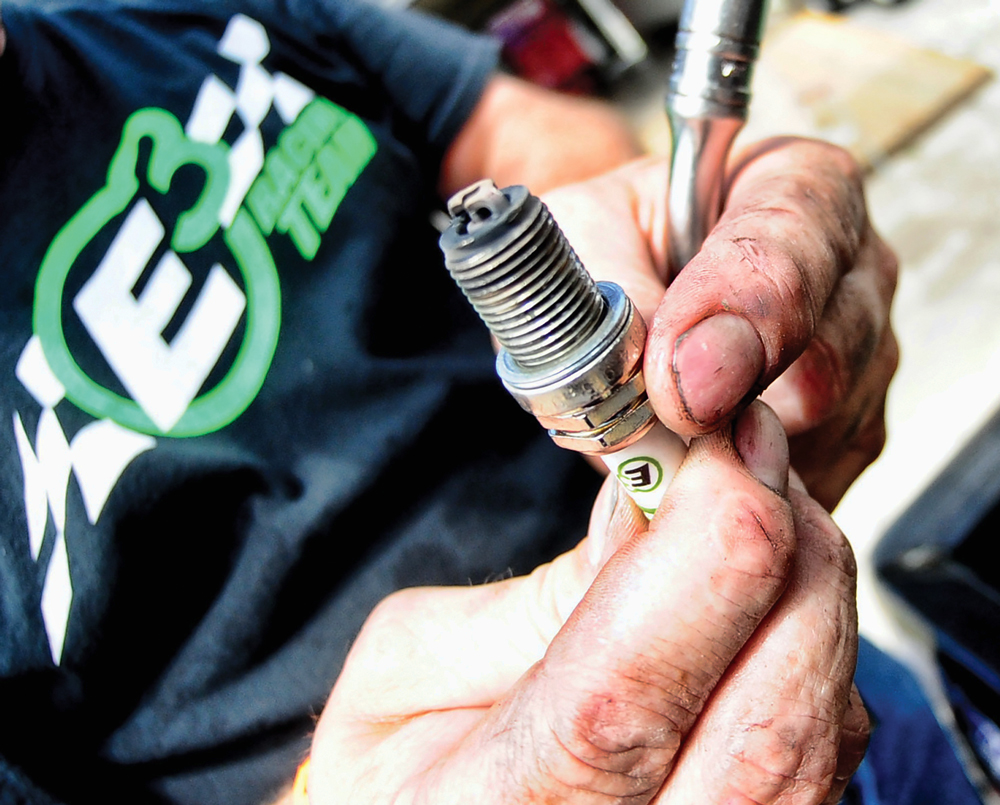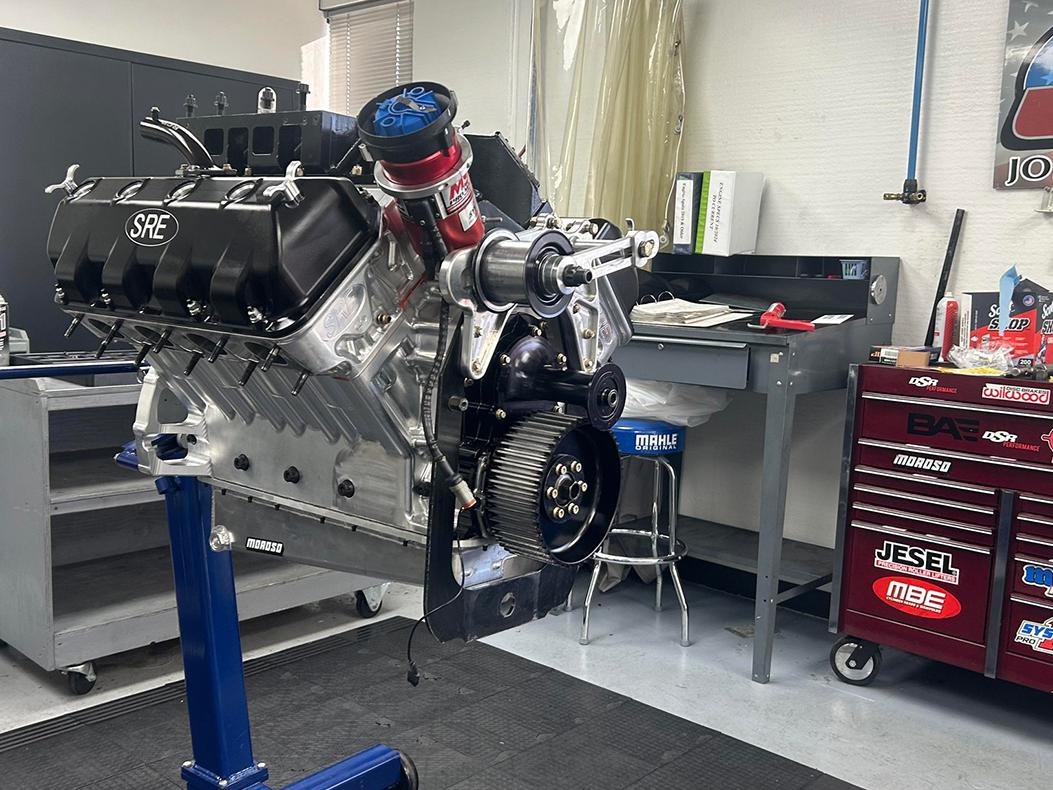Ask The Experts: Spark Plugs

Spark plugs provide clues to various engine conditions, noted our source from E3 Spark Plugs. Shown, from left, are cases where a plug has been idled on for an extended period of time; oil is present in the cylinder; the fuel mixture is a little fat; the plug is too cold for the engine; and the engine is lean.
Conditions particular to high-performance engines, and how to spot them on a spark plug, often aren’t included on manufacturers’ websites. Fortunately, our sources have the answers on how to read and when to pull your plugs.
Anyone who has learned automotive fundamentals knows what a spark plug does. A savvy racer or engine builder also understands what a spark plug can do as an effective, if low-tech, diagnostic tool.
“Looking at a spark plug indicates what’s going on in the engine,” explained Don Ward of E3 Spark Plugs, Ponte Vedra, Florida. “It will tell if the engine is burning oil, if the plug is too hot, or if the plug is too cold.”
Problems with the air/fuel ratio, ignition timing, detonation and “other various ways to get into trouble” can also be seen on the spark plug, said Jeff Boehler of Autolite, Rochester Hills, Michigan. Diagnosing those conditions means knowing what to look for when reading the plugs. It also requires proper prep before pulling them.
“Racers are trying to achieve the most horsepower, so they should read the plugs with the engine at full power,” Boehler said. “Start with a fresh set of plugs and go out and do a wide-open-throttle run, not a run with different driving cycles.”
“People try to read a set of spark plugs after they’ve been idled on, and that makes the spark plugs look smoky. It’s hard to tell what’s wrong,” Ward said. His advice: Shut off the engine while it’s at the top of the rpm range—just after the finish at a drag strip or going into turn 3 on an oval track—coast back to the pits without starting the engine again, and then pull the plugs and read them.
Reading for Racers
Tech tips about reading spark plugs are a staple on plug manufacturers’ websites, but most of those are directed at street-driven vehicles, Boehler said. They show problems “related to long-term, over-the-road applications. They’re not geared for racers.” Both he and Ward discussed conditions particular to high-performance engines and how to spot them on a spark plug.
“Look at the insulator part of the plug for fuel, and look at the ground wire part for timing,” Ward said. “Where the insulator tip—the white part sticking out of the shell—goes down and starts to get fatter, there’s a radius where a light gray ring will be visible. That’s the fuel ring. The lighter it is, the less fuel there is. It should be about a pencil thick. The bigger that line is, the fatter the motor is. If it goes down into the bottom where it seats around the shell, then it’s way too fat.” If the fuel ring “looks oily and grimy, there’s oil in the cylinder.”
The spark plug’s ceramic or porcelain tip “will be white or very slightly off-white if the fuel is right and the heat range is right,” Boehler said. “If there are black specs on it, there may be detonation or pinging going on that’s knocking some carbon loose off the pistons.”

The tip of the side electrode is the spark plug’s hottest point, Boehler said. That heat will discolor the side strap. “See how much discoloration there is from the free end and how far the discoloration travels along the side wire. Most racers want to have that discoloration line stop about half-way back. That way they know the side wire is getting hot enough, but not too hot, meaning the engine’s making good power.”
The shade of the discoloration isn’t important, Ward said, unless it’s red. “Heat dulls the plating, so it will be a bluish green color most of the time. When it starts turning red, that means there’s a lot of heat in the ground strap.” Taking timing out of the engine will reduce that heat. If it isn’t remedied, “it’s going to burn up a piston.”
Changing Plugs
When asked about how often spark plugs should be changed, Boehler noted that “spark plugs are relatively cheap compared to the rest of the engine. Probably the best approach is to put fresh ones in at every big race event.”
“For an oval track racer, after a couple hundred miles on a set of plugs the sharp edges of the electrodes will start to round off,” Ward said. When that happens “the required voltage is going to increase, and the spark starts to degrade.”
Drag racing is different, he noted, due to the on/off nature of the engine’s cycles. “When the motor heats up and cools off repeatedly it anneals the ground electrode, which makes the metal brittle, especially where it’s stressed in the bend. That makes it easier for the ground strap to break off. For that kind of racing, they should inspect the plugs every four to five races at least, and replace the plugs as needed.”
Unless it’s a Top Fuel car, Boehler said. “With nitromethane, they usually never run a plug more than one run. The spark plugs are being pounded so hard, with all the detonation and crazy combustion going on with that fuel, that a fair number of them fall apart in the run.”
Sources
—
Autolite
autolite.com
E3 Spark Plugs
e3sparkplugs.com
 MEMBERSHIP LOGIN
MEMBERSHIP LOGIN JOIN PRI
JOIN PRI


